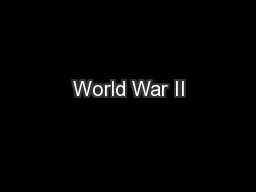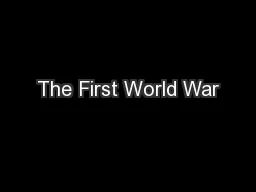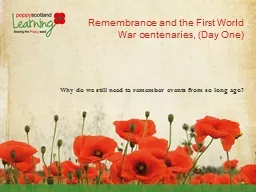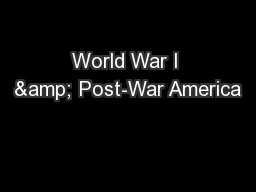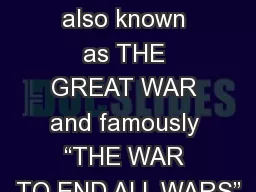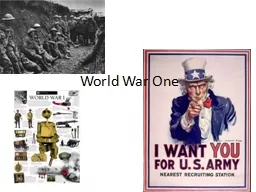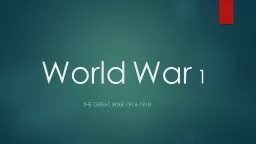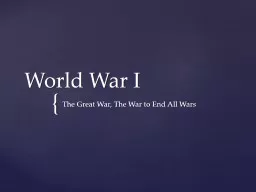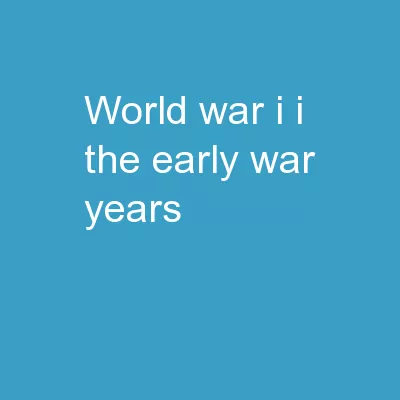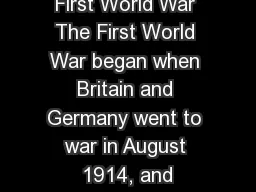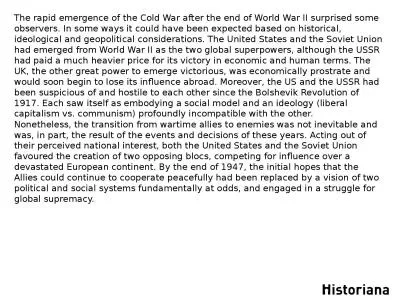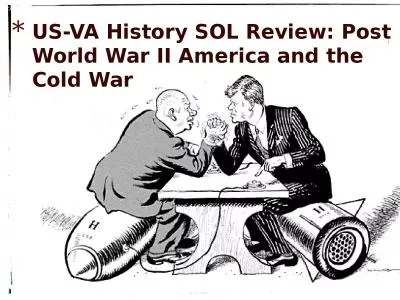PPT-World War II
Author : alexa-scheidler | Published Date : 2016-03-24
World War Looms Rise of the Dictators Germany Adolf Hitler Italy Benito Mussolini Soviet Union Joseph Stalin Japan Military leaders take control World does not
Presentation Embed Code
Download Presentation
Download Presentation The PPT/PDF document "World War II" is the property of its rightful owner. Permission is granted to download and print the materials on this website for personal, non-commercial use only, and to display it on your personal computer provided you do not modify the materials and that you retain all copyright notices contained in the materials. By downloading content from our website, you accept the terms of this agreement.
World War II: Transcript
Download Rules Of Document
"World War II"The content belongs to its owner. You may download and print it for personal use, without modification, and keep all copyright notices. By downloading, you agree to these terms.
Related Documents

